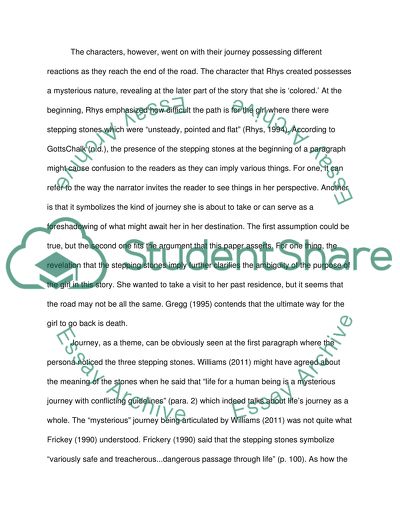Cite this document
(“Symbolism of Journey in I Used to Live Here Once and A Worn Path Essay”, n.d.)
Symbolism of Journey in I Used to Live Here Once and A Worn Path Essay. Retrieved from https://studentshare.org/literature/1420646-comparative-essay
Symbolism of Journey in I Used to Live Here Once and A Worn Path Essay. Retrieved from https://studentshare.org/literature/1420646-comparative-essay
(Symbolism of Journey in I Used to Live Here Once and A Worn Path Essay)
Symbolism of Journey in I Used to Live Here Once and A Worn Path Essay. https://studentshare.org/literature/1420646-comparative-essay.
Symbolism of Journey in I Used to Live Here Once and A Worn Path Essay. https://studentshare.org/literature/1420646-comparative-essay.
“Symbolism of Journey in I Used to Live Here Once and A Worn Path Essay”, n.d. https://studentshare.org/literature/1420646-comparative-essay.


